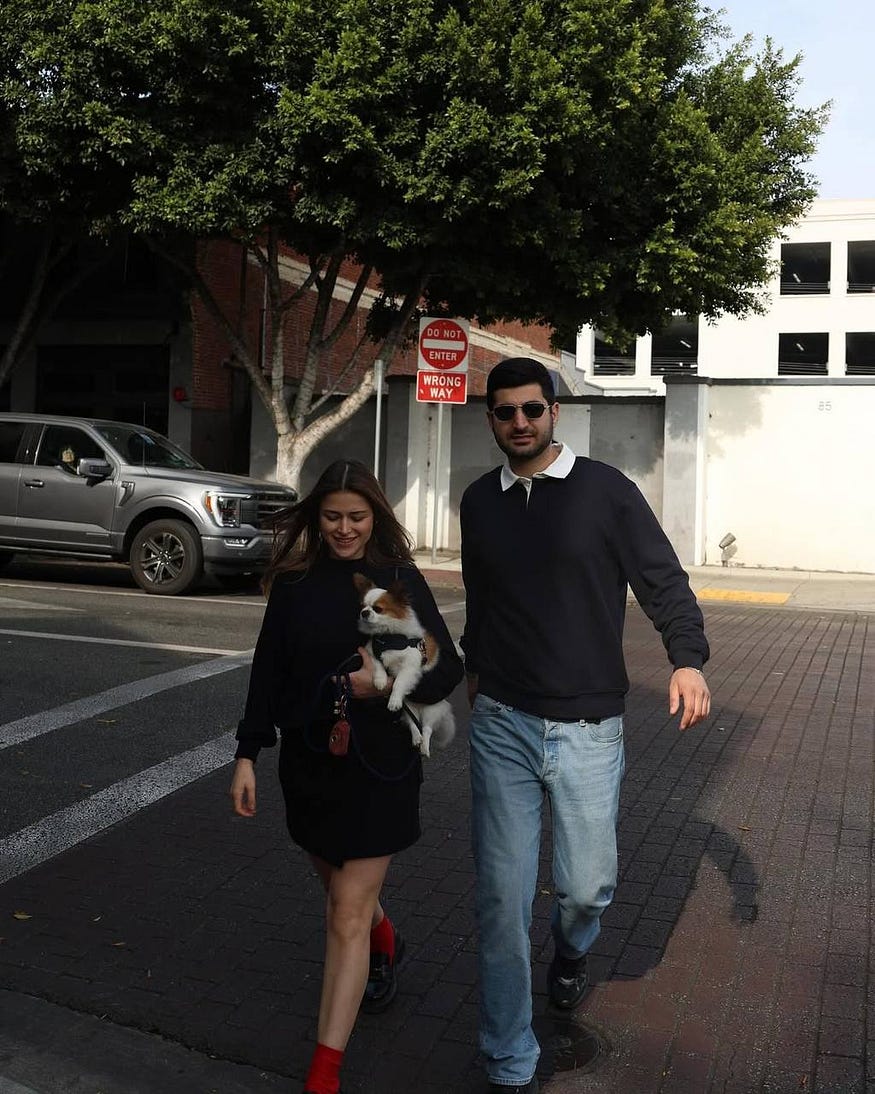
More Than Just Pixels | What 2025 UI/UX Trends Reveal About Human-Centered Design

After more than eight years in the design industry, I’ve seen trends rise, fall, and reemerge. I’ve worked side-by-side with experts, learned from some of the best minds in the field, and even had the chance to mentor talented designers — some of whom have gone on to build names in the industry. My work has involved shaping digital products for major companies, where I’ve led discussions, managed creative teams, and guided projects through all stages of development. These experiences shaped how I see design, not just as visuals, but as a way to connect with real people.
In this article, I don’t just list what’s trendy. I share how the latest UI/UX directions in 2025 reflect something deeper: a growing need to create digital spaces that are not only functional but also emotional, human, and thoughtful. Let’s take a closer look.

Minimalism: Saying More With Less
Minimalism is still going strong. Its power lies in focus. A luxury skincare site, for example, often uses one product photo, clean fonts, and soft color backgrounds to say, “Trust us.” The style works because it doesn’t try too hard — it simply lets the design breathe.
Why it works:
- Easy to navigate
- Loads fast
- Never goes out of style
What to watch for:
- It might feel too plain
- Needs balance to avoid losing personality
Big Typography: When Words Lead
Fonts are no longer just fonts. They’re visual tools. A music festival page with the word “UNPLUGGED” stretched across the screen in bold neon letters creates impact instantly. This trend works especially well for brands that want their voice to be seen, not just heard.
Morphism: Adding a Sense of Touch
Morphism, especially glass, clay, or skeuomorphism, makes digital feel physical. Glassmorphism, for example, is popular in finance apps — clean, transparent layers give a sense of order. Claymorphism, on the other hand, feels playful, making it perfect for kids’ apps.
Brutalism: Raw and Real
Not every design needs to be smooth. Brutalist design dares to break the rules. A startup in crypto or an art project might go for bold, black backgrounds, uneven layouts, and hard-edged fonts. It’s less about being “pretty” and more about being memorable.
Bento Layout: Structured Simplicity
Bento-style design breaks content into neat, scrollable blocks. Travel apps, dashboards, or learning platforms love this method — it’s clean, flexible, and practical. Think of it like organizing ideas into containers, each one doing its job clearly.
Biophilic Design: A Breath of Nature
This is digital calm. Think meditation apps with sky tones that change with time, or soft bird sounds that play as users scroll. It connects users to nature, even through a screen. It’s a great match for wellness, eco-friendly fashion, or lifestyle brands.
Retro Futurism: The Past Meets the Future
Retro vibes are back — but with tech. A VR headset ad might flash old-school computer glitches with glowing buttons and a synth background track. It feels nostalgic, but also new. It’s playful, exciting, and perfect for Gen Z brands.
Dark Mode: Style with Substance
Dark mode isn’t just for comfort — it’s a statement. A premium app can use rich dark tones to make content feel bold and cinematic. Used well, it enhances focus, reduces eye strain, and saves battery life on mobile devices.
Immersive 3D: Beyond Flat Screens
3D tools help users interact in new ways. Imagine rotating a chair or viewing a sneaker from every angle before buying it. It’s becoming common in e-commerce and gaming, where realistic visuals boost user trust and excitement.
Neo-Maximalism: Loud but Balanced
Not every brand wants to be quiet. Neo-maximalism embraces bold patterns, clashing textures, and lots of animation — but in a planned way. Fashion brands, music platforms, and youth culture sites use this style to stand out with personality.
Looking Back, Thinking Ahead
In every trend, I see a pattern: the best designs serve people first. It’s not just about color palettes or typefaces — it’s about making users feel something, and helping them do what they came to do.
From mentoring upcoming designers to leading public discussions about digital experiences, I’ve always believed in thoughtful design. This article is more than a list — it’s a reflection of where we’re heading. The future of UI/UX isn’t just smart — it’s sensitive, intentional, and human.
Aram Andreasyan
Industry Leader, Design Expert
